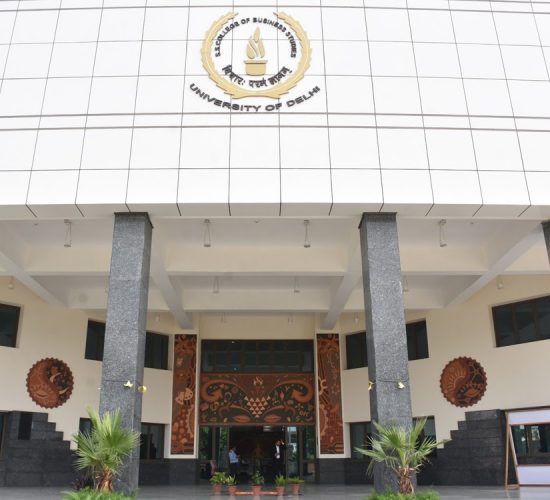Grade "A+" Accredited by NAAC with a CGPA of 3.46
This course introduces fundamental concepts of Computer Graphics with focus on modelling, rendering and interaction aspects of computer graphics. The course emphasizes the basic principles needed to design, use and understand computer graphics system.
At the end of the course, students should be able to:
Unit 1
Introduction: Introduction to Graphics systems, Basic elements of Computer graphics, Applications of computer graphics. Architecture of Raster and Random scan display devices, input/output devices.
Unit 2
Drawing and clipping primitives: Raster scan line, circle and ellipse drawing algorithms, Polygon filling, line clipping and polygon clipping algorithms.
Unit 3
Transformation and Viewing: 2D and 3D Geometric Transformations, 2D and 3D Viewing Transformations (Projections- Parallel and Perspective), Vanishing points.
Unit 4
Geometric Modeling: Polygon Mesh Representation, Cubic Polynomial curves (Hermite and Bezier).
Unit 5
Visible Surface determination and Surface Rendering: Z-buffer algorithm, List-priority algorithm and area subdivision algorithm for visible surface determination. Illumination and shading models, RGB color model and Basics of Computer Animation.
Baker, D.H. (2008). Computer Graphics. 2nd edition. Prentice Hall of India.
Foley, J. D., Dam, A.V, Feiner, S. K., & Hughes, J. F. (1995). Computer Graphics: Principles and Practice in C. 2nd edition. Addison-Wesley Professional.
Bhattacharya, S. (2018). Computer Graphics. Oxford University Press
Cohen, D. I. A. (2011). Introduction to Computer Theory. 2nd edition. Wiley India.
Marschner, S., & Shirley, P. (2017) Fundamentals of Computer Graphics. 4th edition. CRC Press
Rogers, D. F. (1989). Mathematical Elements for Computer Graphics. 2nd edition. McGraw Hill.
Use of ICT tools in conjunction with traditional class room teaching methods
Interactive sessions
Class discussions
Written tests, assignments, quizzes, presentations as announced by the instructor in the class
Computer Graphics, Modelling, Rendering, Transformation and viewing.
Disclaimer: Details on this page are subject to change as per University of Delhi guidelines. For latest update in this regard please refer to the University of Delhi website here.
| Cookie | Duration | Description |
|---|---|---|
| cookielawinfo-checkbox-analytics | 11 months | This cookie is set by GDPR Cookie Consent plugin. The cookie is used to store the user consent for the cookies in the category "Analytics". |
| cookielawinfo-checkbox-functional | 11 months | The cookie is set by GDPR cookie consent to record the user consent for the cookies in the category "Functional". |
| cookielawinfo-checkbox-necessary | 11 months | This cookie is set by GDPR Cookie Consent plugin. The cookies is used to store the user consent for the cookies in the category "Necessary". |
| cookielawinfo-checkbox-others | 11 months | This cookie is set by GDPR Cookie Consent plugin. The cookie is used to store the user consent for the cookies in the category "Other. |
| cookielawinfo-checkbox-performance | 11 months | This cookie is set by GDPR Cookie Consent plugin. The cookie is used to store the user consent for the cookies in the category "Performance". |
| viewed_cookie_policy | 11 months | The cookie is set by the GDPR Cookie Consent plugin and is used to store whether or not user has consented to the use of cookies. It does not store any personal data. |

